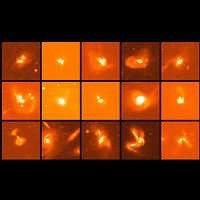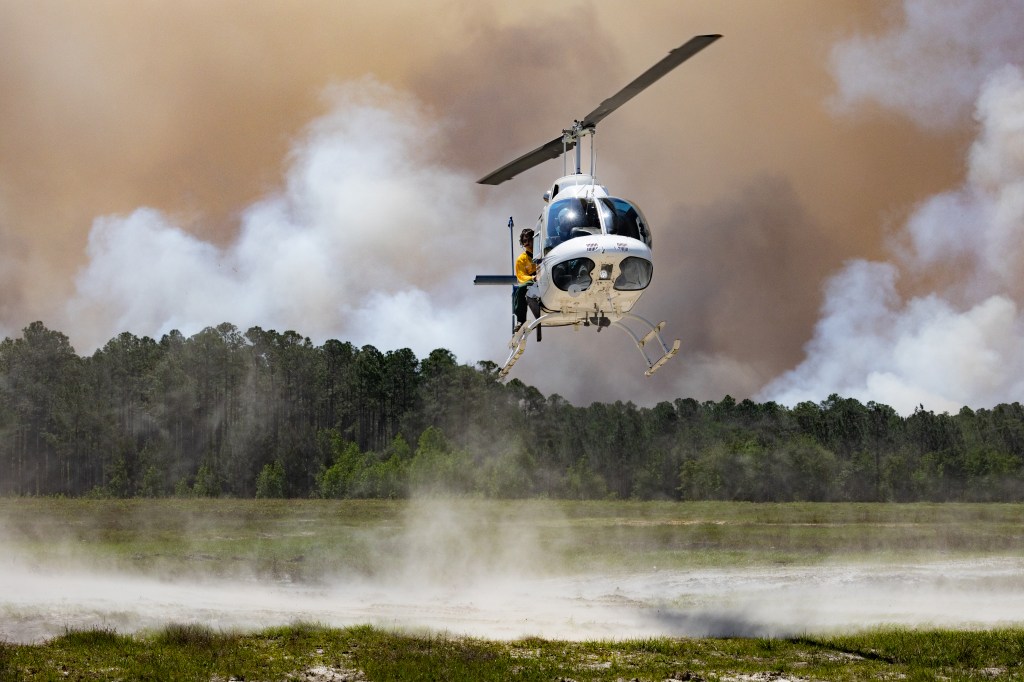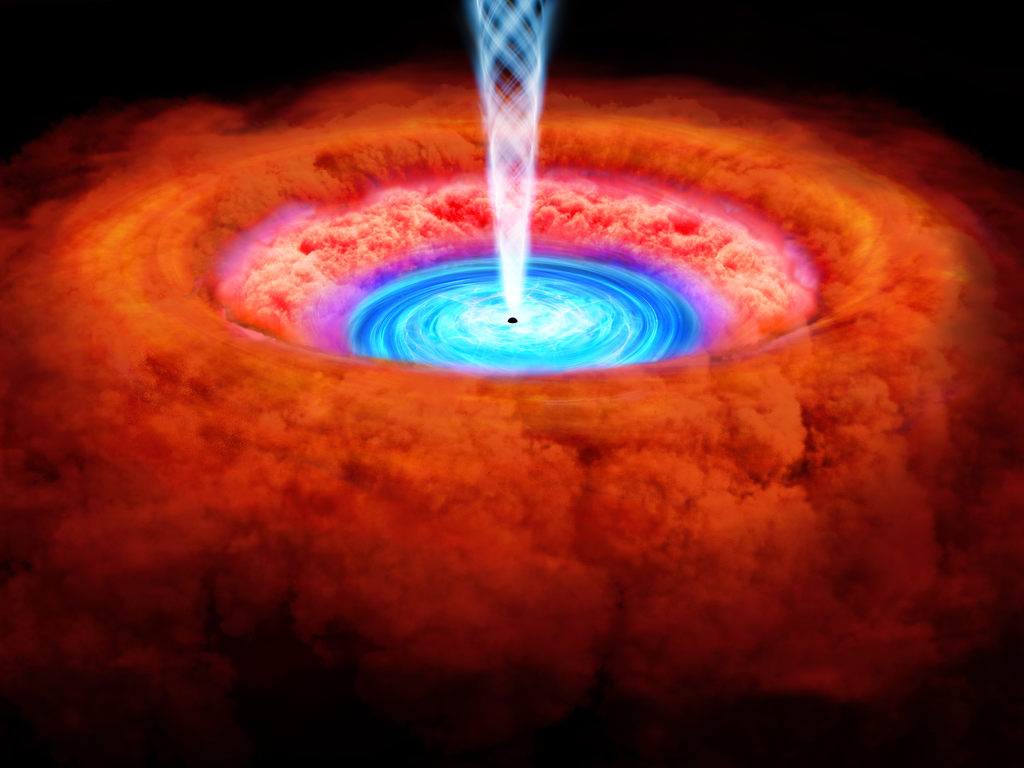1 min read
Multiple Galaxy Collisions

Astronomers have interpreted the oddly shaped objects in these NASA Hubble Space Telescope snapshots as strong visual evidence for multiple galaxies crashing into each other. These smashups create a tangled clump of matter and trigger a burst of new stars.
The photo at upper right, for example, appears to possess the nuclei of several galaxies. In another picture [bottom row, center], a three-galaxy collision has ripped several streamers of stars from their homes. The galaxies are converging into one central spot.
The Wide Field and Planetary Camera 2 pictures reveal a surprising amount of complexity and structure in these galaxies, called ultra-luminous infrared galaxies because they glow fiercely in infrared light. The bright, infrared glow is caused by a firestorm of star birth triggered by the multiple-galaxy pileups.
These images are part of a three-year study of 123 galaxies within 3 billion light-years of Earth. The study was conducted in 1996, 1997, and 1999. False colors were assigned to these photos to enhance fine details within these merging galaxies.
- Release DateNovember 22, 1999
- Science ReleaseMultiple Galaxy Collisions Surprise Hubble Astronomers
- Credit
Related Images & Videos

Multiple Galaxy Collisions
Here is a sampling of 15 ultraluminous infrared galaxies viewed by NASA's Hubble Space Telescope. Hubble's sharp vision reveals more complexity within these galaxies, which astronomers are interpreting as evidence of a multiple-galaxy pileup. These images, taken by the Wide...
Share
Details
Claire Andreoli
NASA’s Goddard Space Flight Center
Greenbelt, Maryland
claire.andreoli@nasa.gov

























